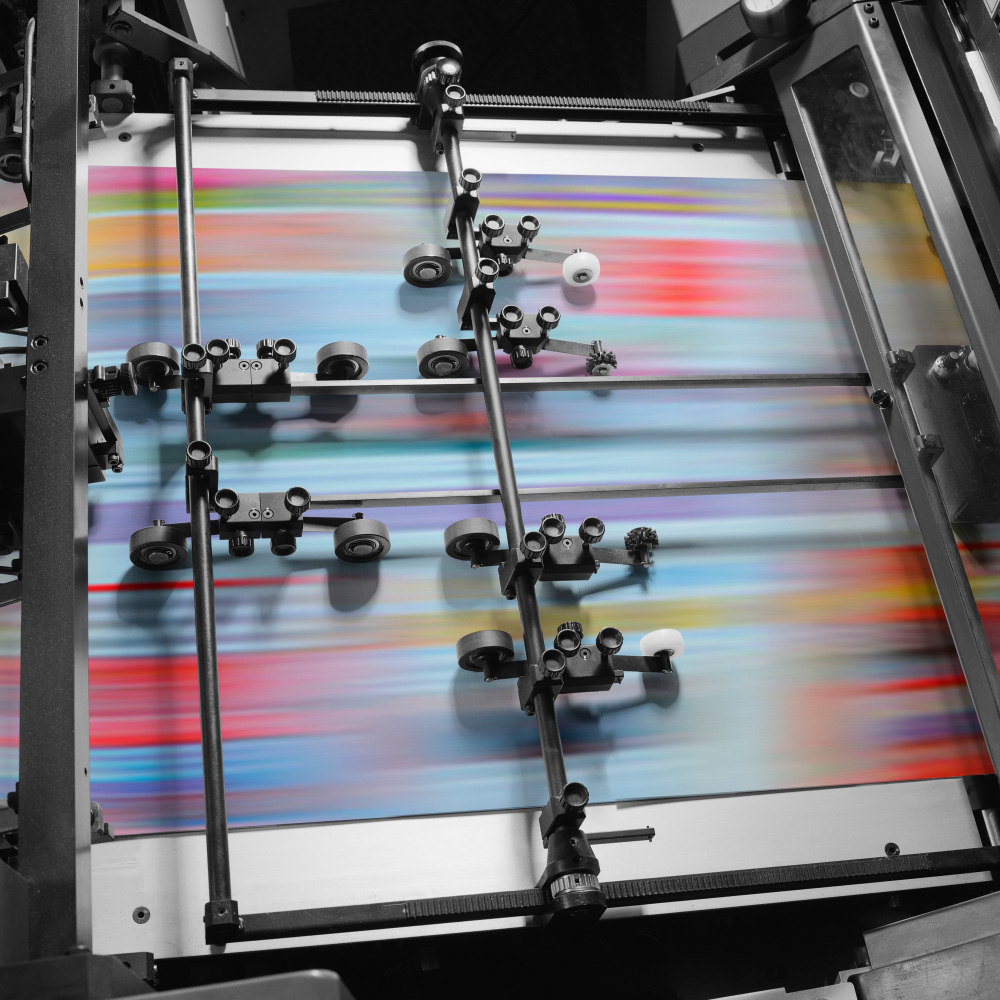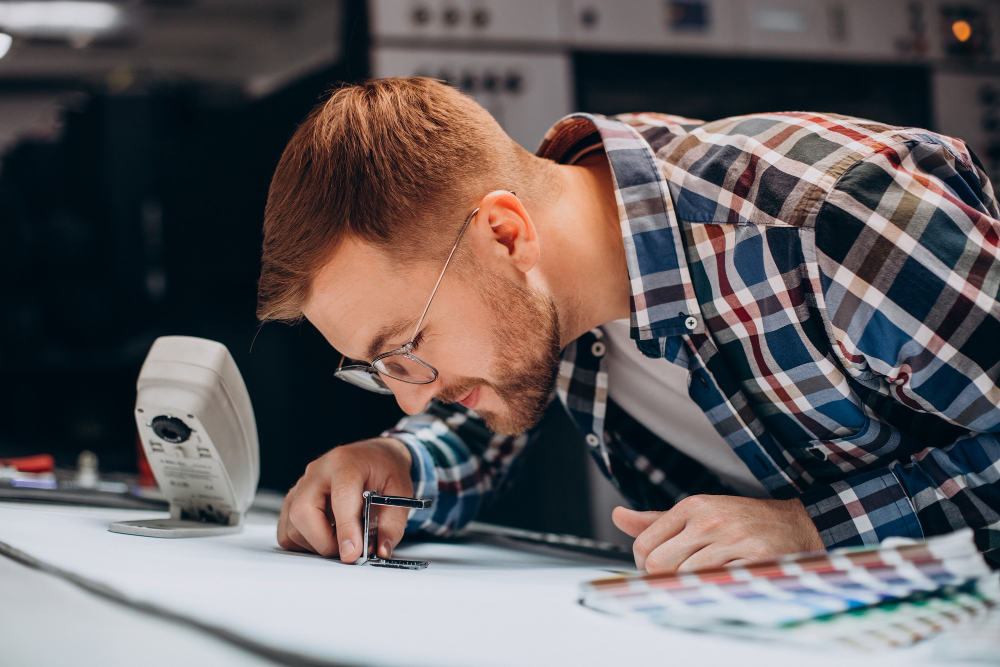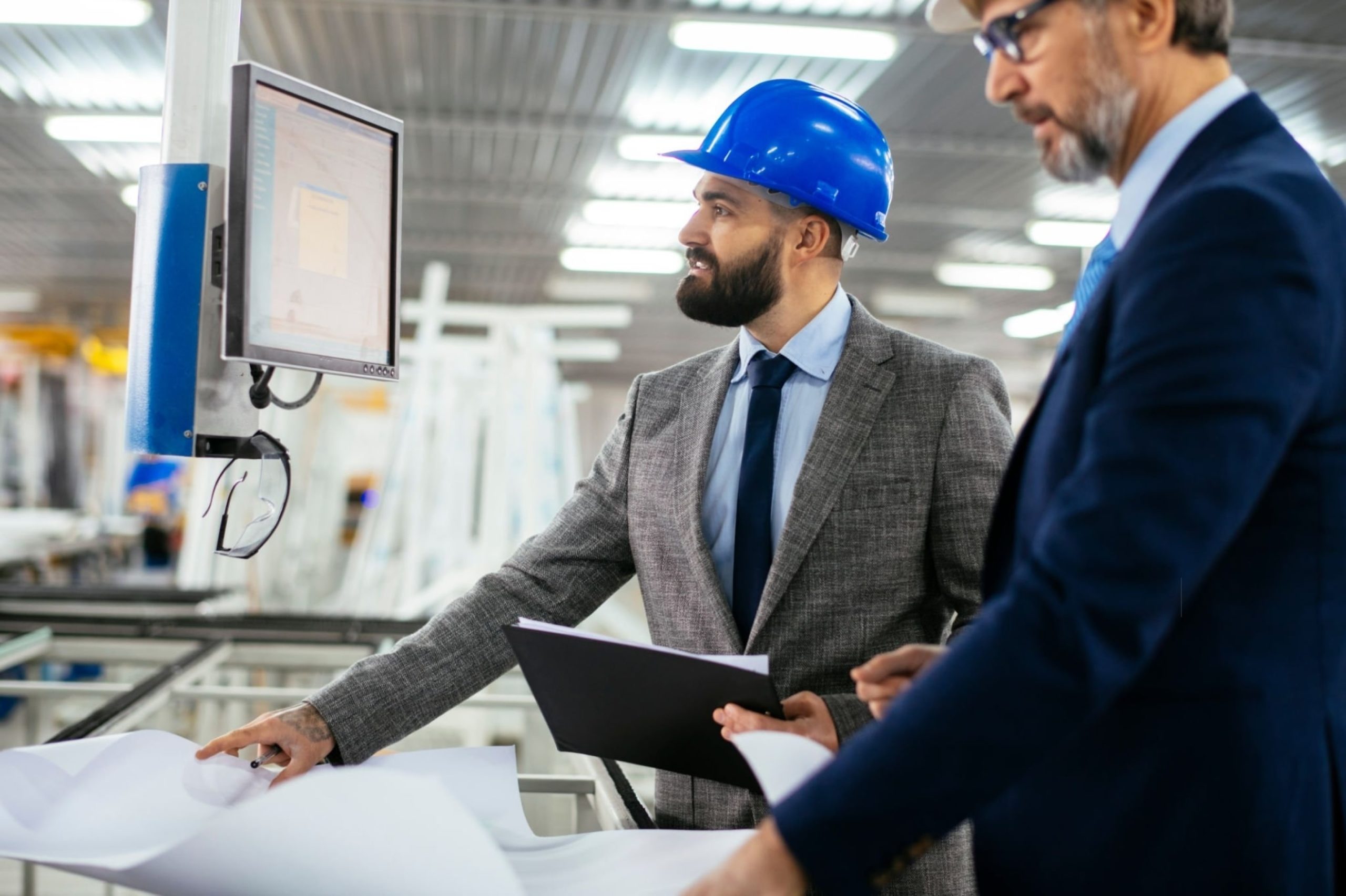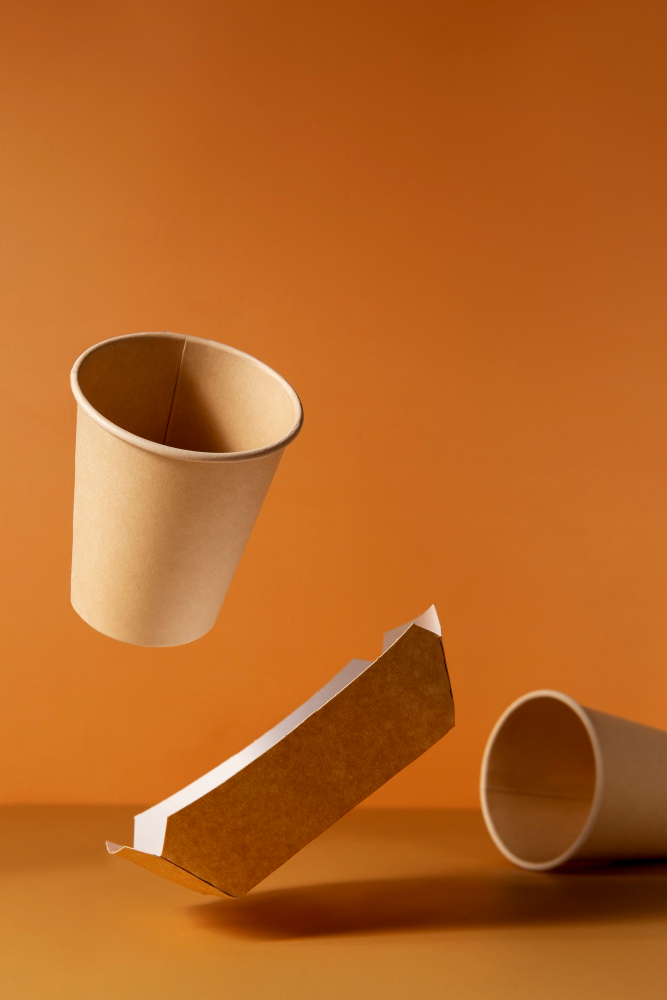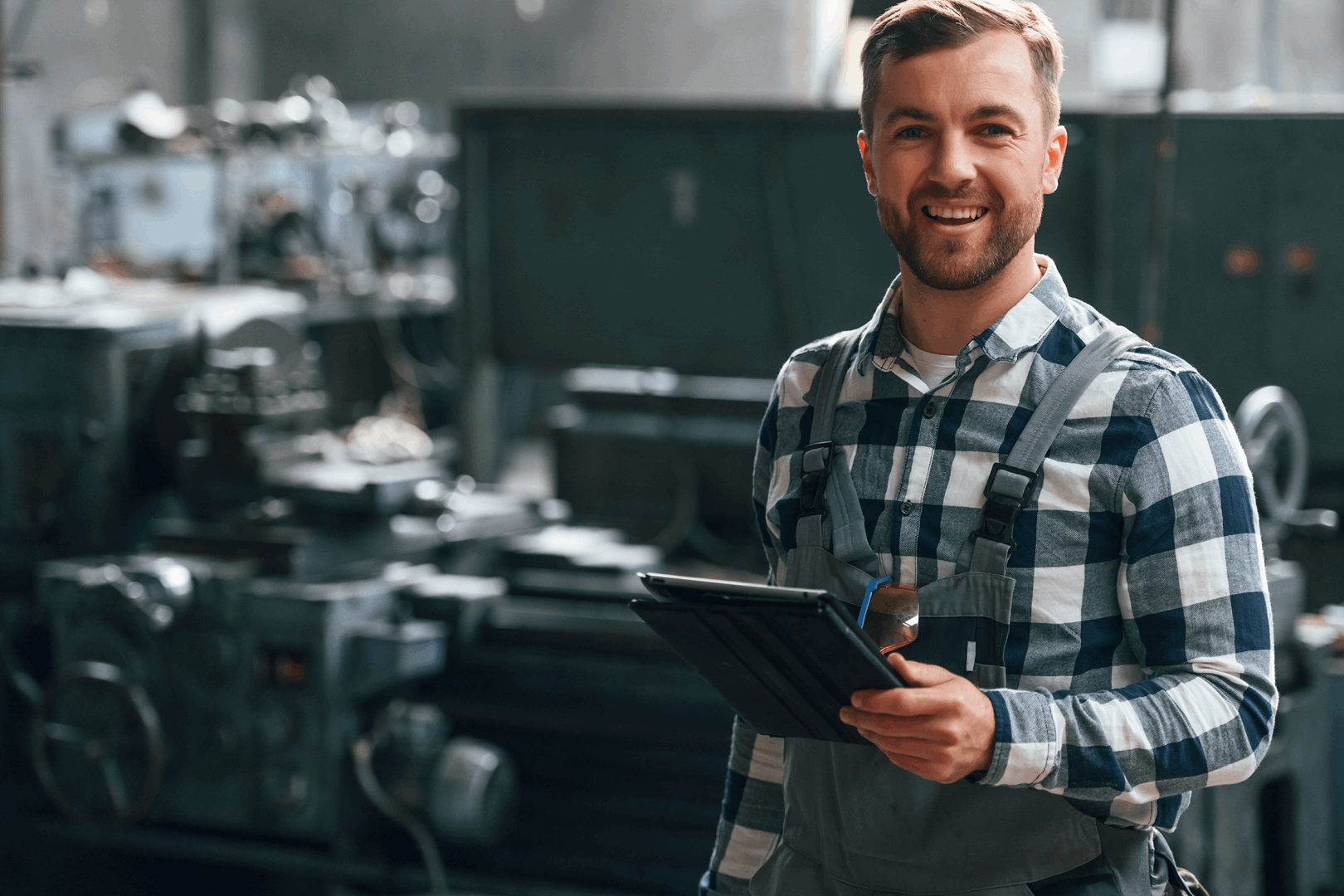
The differences between a tower flexo press and a drum CI (Central Impression) press are usually based on construction, print quality, speed and intended use. Here are the main differences between these two machine types:
- Machine Structure
- Tower Type Flexo Printing Machine: In these machines, the printing units (towers) are generally arranged in a linear layout. Each unit has its own cylinder and printing plate and operates independently. A different color is used for each printing unit.
- Central Impression (CI) Printing Machine: In CI printing machines, all the printing units are arranged around a central drum. The main drum carries the printing material, and each printing unit is aligned to print onto this central drum.
- Printing Quality
- Tower Type Flexo Printing Machine: In tower type machines, the printing quality can be more variable because each unit operates independently, and color transitions and ink control can sometimes be challenging between units. These machines are generally preferred for lower-speed, high-quality jobs.
- Central Impression (CI) Printing Machine: CI machines are considered superior in terms of printing quality. The central drum design ensures smoother ink transfer, and it provides much better results in terms of color matching and print quality, especially for large areas.
- Speed and Efficiency
- Tower Type Flexo Printing Machine: Tower type machines can generally operate at higher speeds since each unit functions independently. These machines are advantageous in terms of speed and production efficiency, but the printing quality can sometimes be compromised.
- Central Impression (CI) Printing Machine: CI machines can generally be more efficient, especially for large printing volumes. However, their speed can sometimes be limited. They are preferred for large print jobs as the printing quality is always higher.
- Applications
- Tower Type Flexo Printing Machine: These are suitable for products with flexible printing surfaces. They are used for label printing, small batch production, and packaging.
- Central Impression (CI) Printing Machine: CI machines are generally preferred for applications requiring large print areas and high-quality prints. For example, they are ideal for large area printing on materials like paper, film, and foil in the packaging industry.
- Cost
- Tower Type Flexo Printing Machine: Tower type machines are generally more cost-effective, offering the ability to print in different colors, and are suitable for small productions.
- Central Impression (CI) Printing Machine: CI machines are more expensive because their structures are more complex and they have a more precise design in terms of printing quality. However, they can be more efficient in the long run for large-scale productions.
- Printing Area
- Tower Type Flexo Printing Machine: In these machines, the printing area is limited because each unit operates independently. They are suitable for small to medium-sized prints.
- Central Impression (CI) Printing Machine: CI machines generally have a larger printing area and can perform large print jobs more efficiently.
- Ease of Use and Maintenance
- Tower Type Flexo Printing Machine: In tower type machines, maintenance can be easier because each unit can be accessed individually.
- Central Impression (CI) Printing Machine: CI machines have a more complex structure, so maintenance can be more difficult. However, the central drum design allows for better control over print quality.
- Tower Type Flexo Printing Machine: It is more flexible and speed-focused, more cost-effective for small and medium-sized print jobs, but the print quality may be lower compared to CI machines.
- Central Impression (CI) Printing Machine: It is ideal for high-quality printing and large-volume production but is more expensive and more complex in terms of maintenance.
Each type of machine offers advantages for different production needs, so selecting the right machine based on the requirements is important.













